Frozen vegetables like carrots are a convenient and nutritious addition to any kitchen. However, one question often arises: “Why are my frozen carrots mushy?” This common issue can frustrate even the most seasoned home cooks. The mushy texture occurs primarily because of how carrots react to the freezing and thawing process. Factors like improper blanching, suboptimal storage, and incorrect cooking methods can exacerbate the problem. But don’t worry—there are proven ways to freeze, store, and cook your carrots while maintaining their ideal firmness and texture.
This guide will explore the science behind freezing vegetables, identify common mistakes, and provide actionable tips to avoid mushy carrots. You’ll also discover creative ways to repurpose softened carrots into delicious recipes, such as soups, smoothies, and baked goods. Whether you’re storing leftovers or prepping fresh carrots for long-term use, mastering these techniques will save time and ensure your frozen vegetables always meet your expectations. For recipe inspiration, check out Frozen Carrots Recipe Ideas to see how you can make the most of your freezer stash.
By the end of this article, you’ll have a comprehensive understanding of how to handle frozen carrots properly. You’ll also learn how to incorporate them into flavorful dishes like Slow Cooker Taco Soup or eco-friendly composting tips if they’re no longer suitable for cooking.
What Happens During The Freezing Process
Understanding Ice Crystal Formation
Freezing preserves vegetables by halting microbial activity and slowing natural degradation. However, vegetables like carrots contain a high percentage of water, making them particularly vulnerable to changes in texture during the freezing process. When the water inside carrot cells freezes, it expands and forms ice crystals. These crystals can puncture the cell walls, resulting in structural breakdown. Upon thawing, the water leaks out, leading to soft or mushy carrots.
The Role Of Temperature And Freezing Speed
The rate at which carrots freeze greatly impacts their final texture. Rapid freezing at temperatures below 0°F (-18°C) creates smaller ice crystals, which are less damaging to cell structures. Conversely, slow freezing at higher temperatures allows the formation of larger ice crystals, which cause more extensive damage to the carrots’ firmness. This is why flash freezing is often preferred for preserving vegetables.
Enzymatic Activity Before Freezing
Even in freezing temperatures, enzyme activity can continue unless properly managed. Enzymes in carrots cause color loss, texture degradation, and nutrient breakdown over time. Without blanching (briefly boiling carrots), these enzymes remain active, contributing to poor texture even after freezing.
Common Mistakes That Lead To Mushy Carrots
Frozen carrots becoming mushy can be a frustrating experience. Often, the issue stems from mistakes made during preparation, freezing, or cooking. Avoiding these errors can help preserve the texture, flavor, and overall quality of your carrots.
1. Skipping Or Incorrect Blanching
Blanching, the process of briefly boiling vegetables before freezing, is essential for preserving carrots’ texture and color.
- What Happens Without Blanching: Enzymes remain active, causing degradation even at freezing temperatures. This results in carrots that are soft or discolored when thawed.
- Over-Blanching: Boiling carrots for too long can pre-cook them, leaving them overly soft before freezing.
For more details, see our Blanching Techniques For Vegetables to perfect your blanching process.
2. Freezing At Inconsistent Temperatures
Freezers that don’t maintain a consistent temperature below 0°F (-18°C) lead to uneven freezing.
- Why It Matters: Slow freezing causes larger ice crystals to form, which puncture carrot cell walls and lead to texture loss.
- Tip: Use a freezer thermometer to ensure stable, cold temperatures.
3. Using Non-Airtight Containers
Freezing carrots without removing excess air leads to freezer burn.
- What Is Freezer Burn? It’s a condition caused by air exposure, resulting in dehydration and a spongy, chewy texture.
- Fix: Always use vacuum-sealed bags or airtight containers to keep air out.
4. Overloading The Freezer
Placing too many items in the freezer at once can reduce its efficiency.
- Impact: Items take longer to freeze, increasing the likelihood of large ice crystal formation.
- Solution: Freeze carrots in smaller batches for faster and more uniform freezing.
5. Storing Carrots For Too Long
While frozen carrots can last up to 12 months, their quality decreases over time.
- Result: Carrots stored beyond their prime become more susceptible to freezer burn and textural degradation.
- Tip: Label storage bags with dates and use older carrots first.
6. Freezing Poor-Quality Carrots
The condition of the carrots before freezing significantly affects the final product.
- Problem: Overripe, bruised, or damaged carrots tend to break down more during freezing and thawing.
- Tip: Always freeze fresh, firm carrots for the best results.
7. Improper Defrosting Methods
Allowing frozen carrots to thaw improperly can make them soggy.
- Mistake: Defrosting at room temperature allows water to escape unevenly, leading to texture loss.
- Fix: Always defrost in the refrigerator or cook carrots directly from their frozen state.
By avoiding these common mistakes, you can ensure your frozen carrots retain their crispness and flavor. Proper preparation and storage make all the difference in preserving their quality. For more tips on freezing and using carrots, explore our Frozen Carrots Recipe Ideas to make the most of your vegetables.
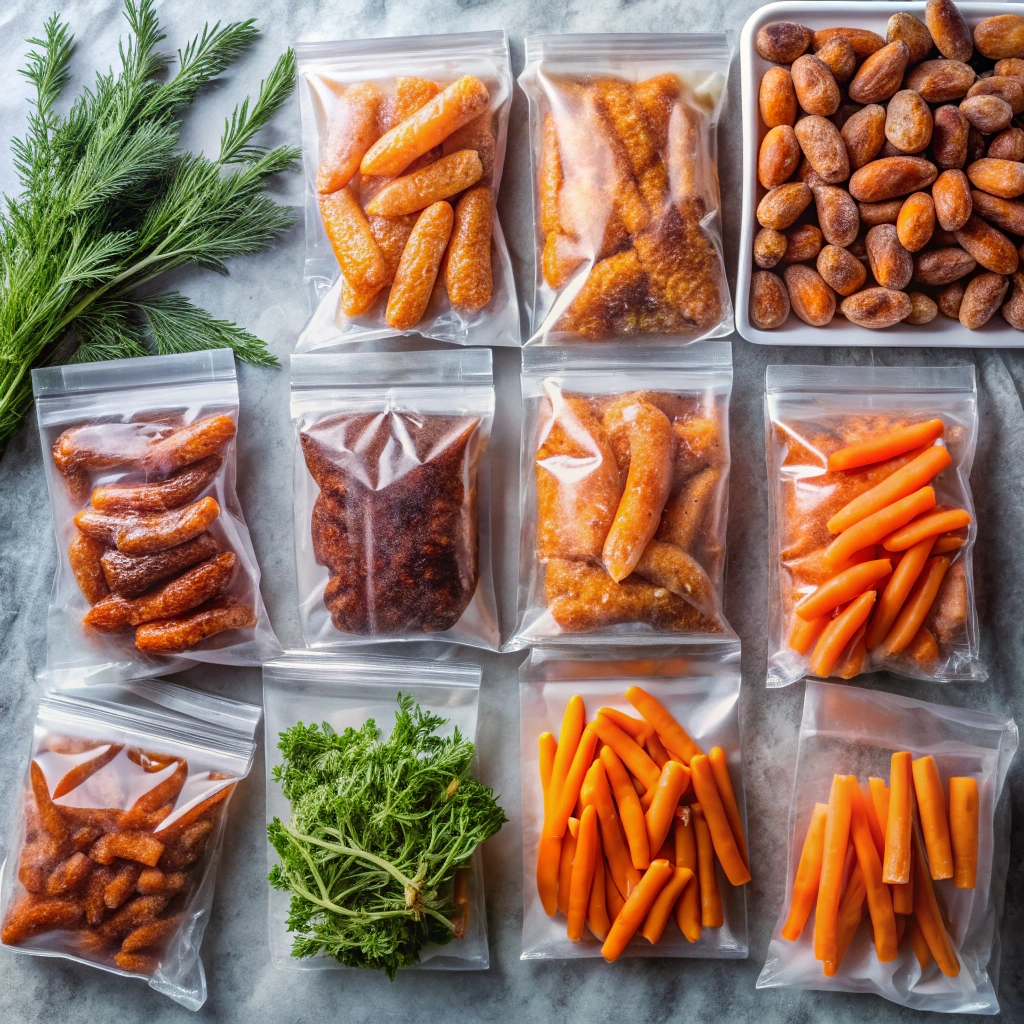
How To Properly Freeze And Store Carrots
Step-By-Step Freezing Process
- Select Fresh, High-Quality Carrots
Use firm, unblemished carrots for freezing. Overripe or damaged carrots tend to break down more easily. - Peel And Cut Uniformly
Peel the carrots and cut them into uniform pieces, such as slices, sticks, or cubes, to ensure even cooking later. - Blanch The Carrots
Blanching is essential for deactivating enzymes that cause deterioration.- Boil carrots for 2–3 minutes.
- Immediately transfer them to an ice water bath to stop the cooking process and retain their bright orange color.
- Dry The Carrots Thoroughly
Pat the carrots dry with a clean towel to remove excess moisture, which can cause freezer burn. - Pack In Airtight Containers
Use vacuum-sealed bags, airtight plastic containers, or heavy-duty freezer bags. Removing as much air as possible prevents ice crystal formation. - Label And Store Properly
Label each bag with the date. Carrots can last up to 12 months in the freezer, but for best quality, use them within 6–8 months.
For recipe ideas using frozen carrots, check out Frozen Carrots Recipe Ideas for inspiration.
Avoiding Common Freezing Mistakes
- Skipping Blanching: Leads to enzymatic spoilage and mushy texture.
- Improper Packaging: Allowing air inside containers results in freezer burn, which dehydrates the carrots.
- Storing Near Freezer Doors: Temperature fluctuations in this area can affect quality.
Defrosting Frozen Carrots Without Losing Texture
Thawing Methods
- Refrigerator Thawing
Gradual thawing in the refrigerator is the gentlest method and helps maintain texture. Place the frozen carrots in a sealed container to avoid excess moisture. - Cold Water Method
If you need to defrost quickly, submerge the carrots (in a sealed bag) in cold water. Change the water every 30 minutes to keep the process effective. - Skip Thawing For Certain Recipes
In many cases, it’s best to cook carrots directly from frozen. Cooking methods like roasting, steaming, or sautéing help preserve their firmness.
Best Cooking Methods After Defrosting
- Roasting: Add frozen carrots directly to a baking sheet with oil and spices for a crispy exterior and firm interior.
- Steaming: Use a steamer basket to gently heat frozen carrots, retaining their texture and nutrients.
- Sautéing: Quickly cook frozen carrots in a hot pan with olive oil, garlic, or herbs.
To try cooking carrots in a dish, check out our Slow Cooker Taco Soup Recipe, which works perfectly with frozen carrots.
Common Thawing Mistakes
- Room Temperature Thawing: Increases the risk of bacterial growth and can lead to uneven defrosting.
- Over-Thawing: Allows too much moisture to escape, leading to overly soft carrots.
Cooking Methods That Prevent Mushiness
Sautéing And Stir-Frying
Cooking frozen carrots at high heat helps retain their firmness. Use a bit of olive oil or butter to add flavor while preventing over-softening.
- Heat a pan over medium-high heat.
- Add carrots and seasonings like garlic, salt, and herbs.
- Stir frequently to cook evenly.
Steaming
Steaming is a gentle way to cook frozen carrots, preserving their nutrients and structure.
- Place the carrots in a steamer basket above boiling water.
- Steam for 3–5 minutes until tender but not overly soft.
Roasting
Roasting adds depth of flavor while maintaining a desirable texture.
- Preheat the oven to 400°F (200°C).
- Toss frozen carrots with olive oil, salt, and spices.
- Roast for 15–20 minutes until slightly caramelized.
Learn how to prepare perfectly roasted vegetables in our Ultimate Guide To Sourdough Bread, which includes tips for pairing carrots with other baked goods.
Creative Ways To Use Mushy Carrots
Pureeing For Soups And Sauces
Soft carrots are ideal for blending into soups or sauces. They add a natural sweetness and creamy texture. Examples include:
- Carrot ginger soup.
- Blended pasta sauces with hidden vegetables.
Adding To Smoothies
Mushy carrots can be blended into nutrient-packed smoothies. Combine with bananas, oranges, or spinach for a healthy drink.
Baking And Desserts
Grated or pureed carrots are great for baked goods like carrot cake, muffins, or pancakes.
For baking inspiration, check out recipes like Magnolia Bakery Banana Pudding Recipe to see how you can integrate pureed vegetables.
Composting Or Animal Feed
If the carrots are no longer edible, composting is an eco-friendly way to dispose of them. They can also be used as animal feed for pets like rabbits or chickens.
Learn more eco-friendly tips in our Composting Tips For Kitchen Scraps article.
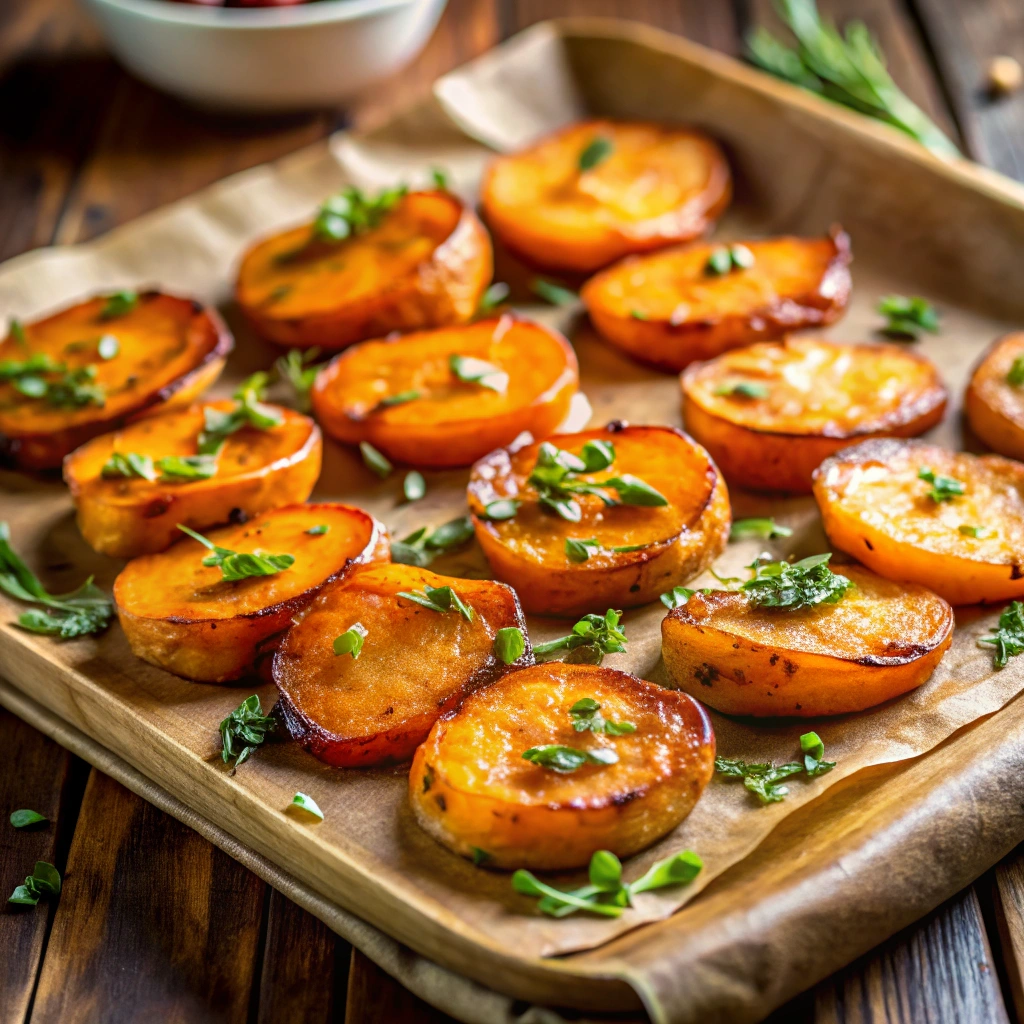
FAQs About Frozen Carrots
1. Why Do Frozen Carrots Turn Mushy?
Frozen carrots become mushy due to the formation of ice crystals during freezing. These crystals break down the cell walls of the carrots, causing water to leak out and soften the texture upon thawing.
2. How Can I Prevent My Carrots From Getting Mushy When Frozen?
Blanching carrots before freezing, freezing them quickly, and storing them in airtight containers at 0°F (-18°C) can prevent mushiness. Removing as much air as possible from storage bags also helps.
3. Can I Freeze Carrots Without Blanching Them?
While you can freeze carrots without blanching, the texture and flavor may degrade over time due to enzyme activity. Blanching deactivates these enzymes, preserving the quality.
4. How Long Can I Store Frozen Carrots?
Frozen carrots can be stored for up to 12 months, but for the best quality, use them within 6–8 months.
5. Can I Cook Carrots Directly From Frozen?
Yes, you can cook frozen carrots directly without thawing. Methods like roasting, steaming, and sautéing work well to retain their texture.
6. Are Mushy Frozen Carrots Safe To Eat?
Mushy carrots are safe to eat as long as they don’t show signs of spoilage, such as an off smell, discoloration, or freezer burn. Soft carrots can still be used in soups, sauces, or purees.
7. What’s The Best Way To Thaw Frozen Carrots?
Defrost carrots in the refrigerator or under cold running water for a slow and even thaw. Avoid thawing at room temperature to reduce the risk of bacterial growth.
8. Can I Refreeze Carrots After Thawing?
Refreezing thawed carrots is not recommended as it further degrades their texture and quality. Use thawed carrots promptly in recipes.
9. Do Frozen Carrots Lose Their Nutritional Value?
Freezing preserves most of the nutrients in carrots. However, blanching may cause minimal nutrient loss, but the overall nutritional value remains high.
10. Can Frozen Carrots Be Used In Baking?
Yes, frozen carrots can be grated or pureed and used in baked goods like carrot cakes, muffins, or pancakes. They add moisture and a natural sweetness to the recipes.
For creative uses, explore Frozen Carrots Recipe Ideas for baking and cooking inspiration.
Conclusion
Frozen carrots are an excellent resource for busy cooks, but the potential for mushiness can deter some from using them. The key to success lies in understanding the freezing process and applying proper techniques for preparation, storage, and cooking. With the strategies outlined here, you can confidently prevent mushy carrots and preserve their natural flavor and texture.
Remember, frozen carrots don’t have to go to waste. Softened carrots can be transformed into creamy soups, nutrient-packed smoothies, or sweet baked goods like muffins or cakes. If you’re ready to experiment, explore Creative Frozen Carrot Recipes or learn how to make eco-friendly choices with Composting Tips For Kitchen Scraps.
With these insights and internal links, your frozen carrots can become a versatile and delicious addition to your meals. By adhering to the steps outlined in this guide, you can enjoy perfectly cooked frozen vegetables every time!
Stay Connected for More Delicious Recipes!
Love what you see? Follow us on social media for daily inspiration, exclusive recipes, and behind-the-scenes fun! Join our community on Facebook, Instagram, Pinterest, and X to stay updated on all things delicious. Don’t miss out—let’s cook up something amazing together!



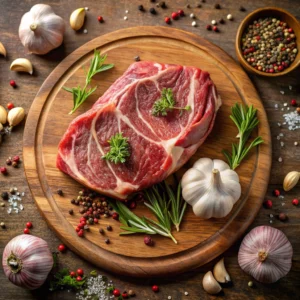
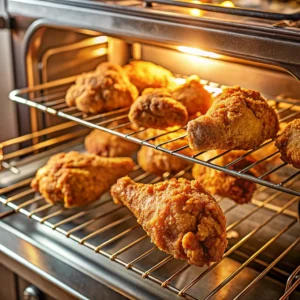

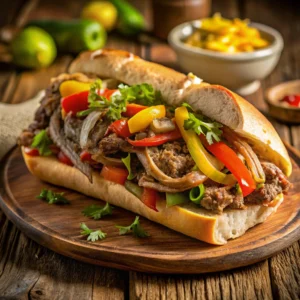
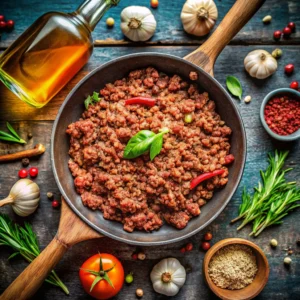
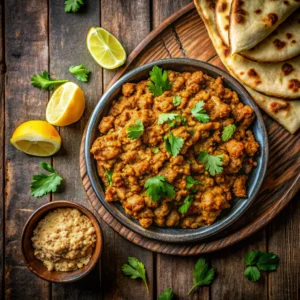
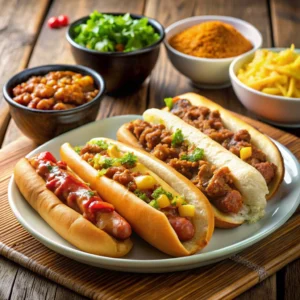
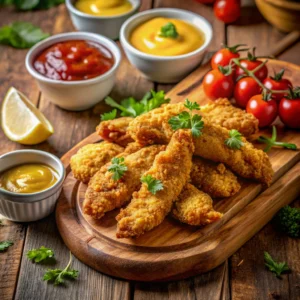
You might also like these recipes
Do You Wash Chicken Keema? The Ultimate Guide to Safe Handling
The Best Side Dishes to Serve With Chili Dogs
Is It Better to Pan Fry or Oven Bake Chicken?